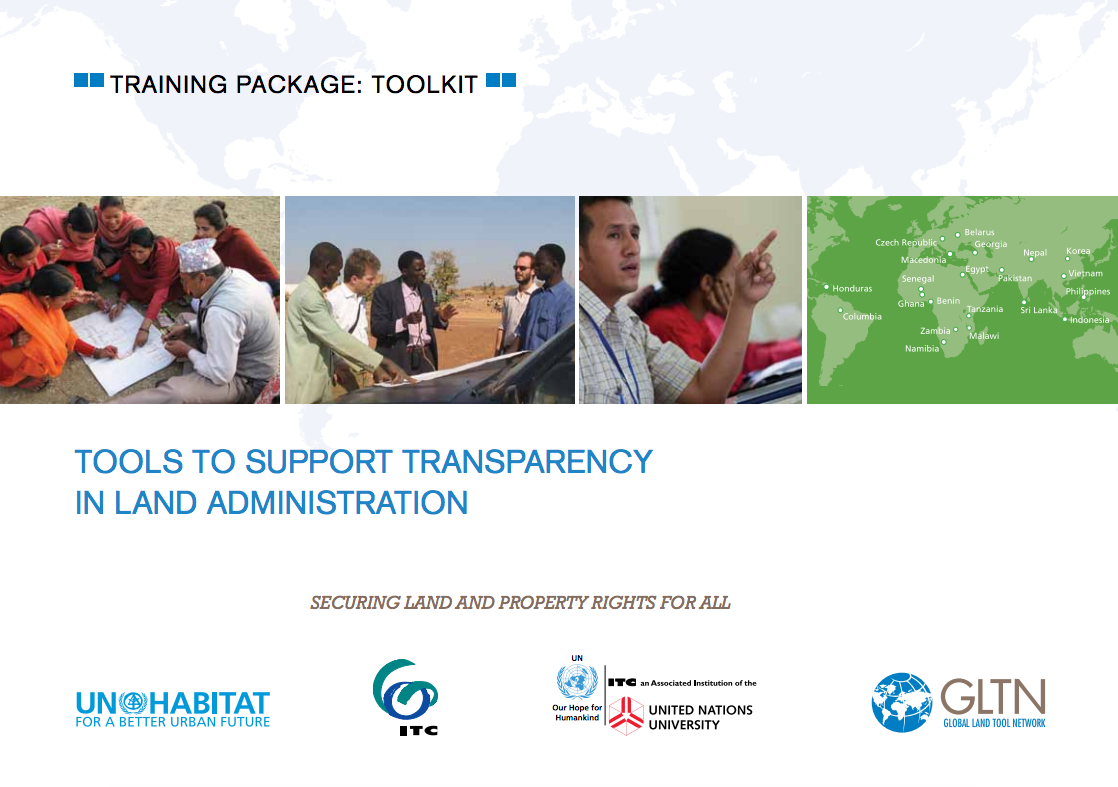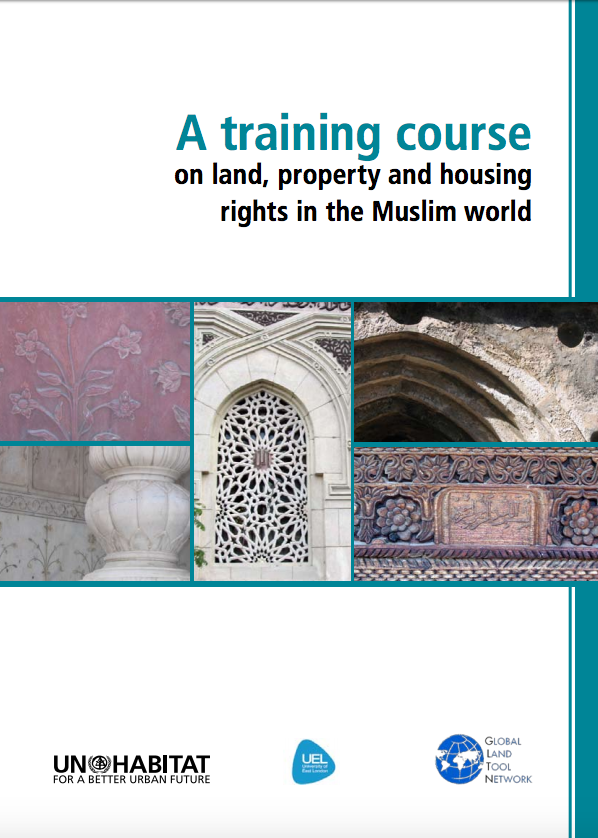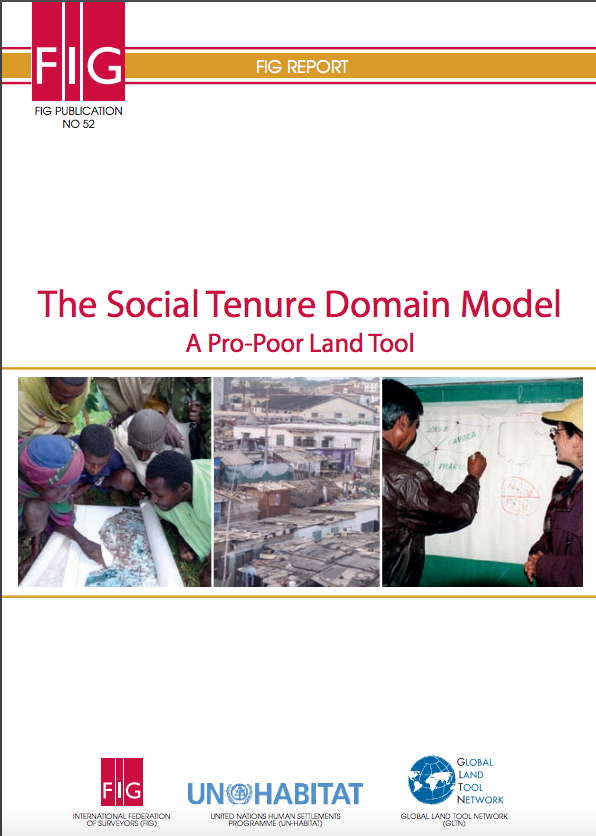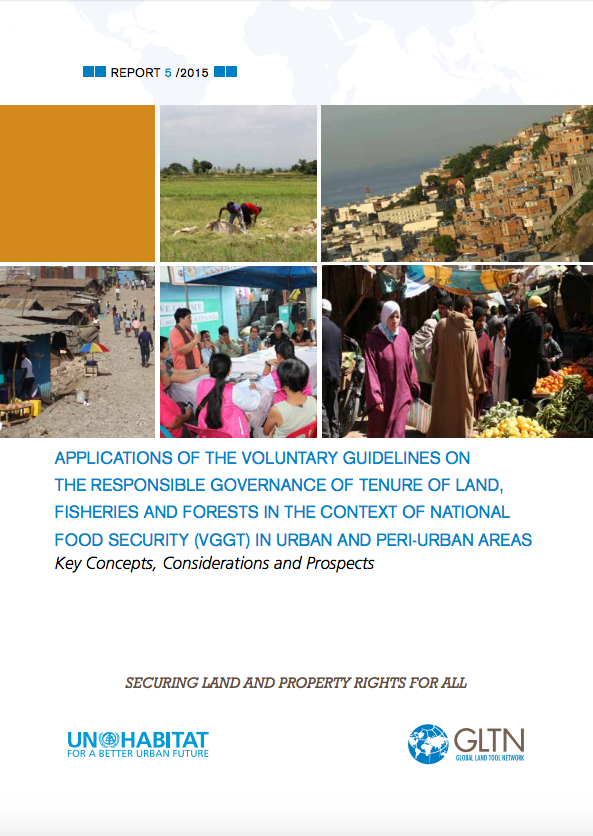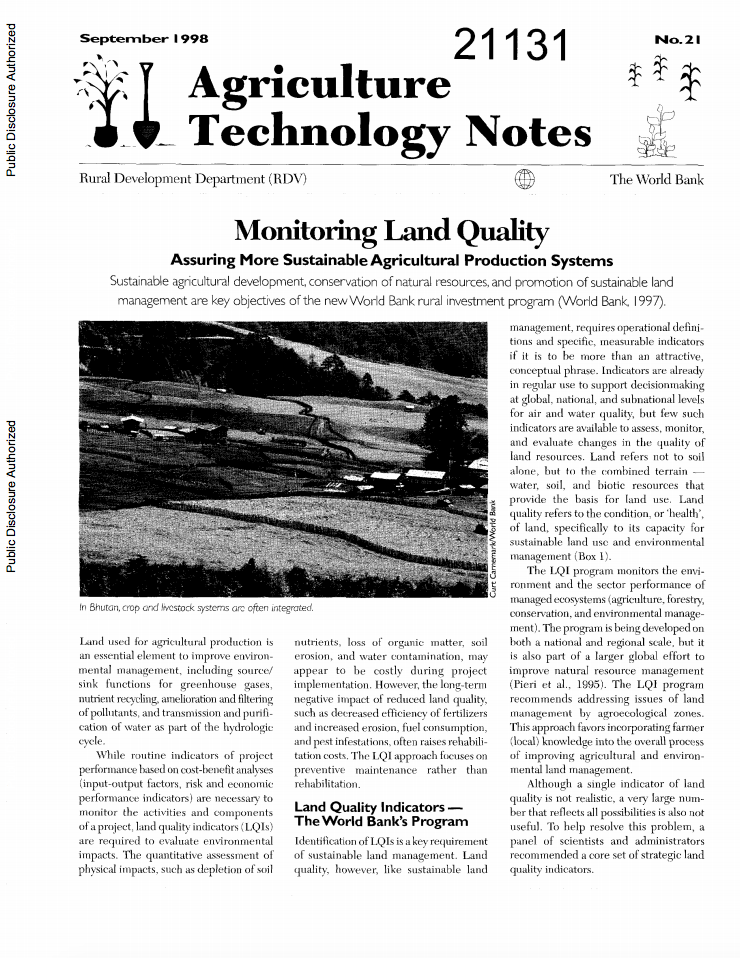Economic land concessions profile: UniGreen Resource Co., Ltd
A webpage list showing company name, address, director name and nationality, status of company registration with the Ministry of Commerce, legal papers and investment rights, ELC size and location with coordinates, purpose of investment, contract duration, land utilization plan, profess of implementation after contract signing, and any measures taken by the Ministry of Agriculture (MAFF).


